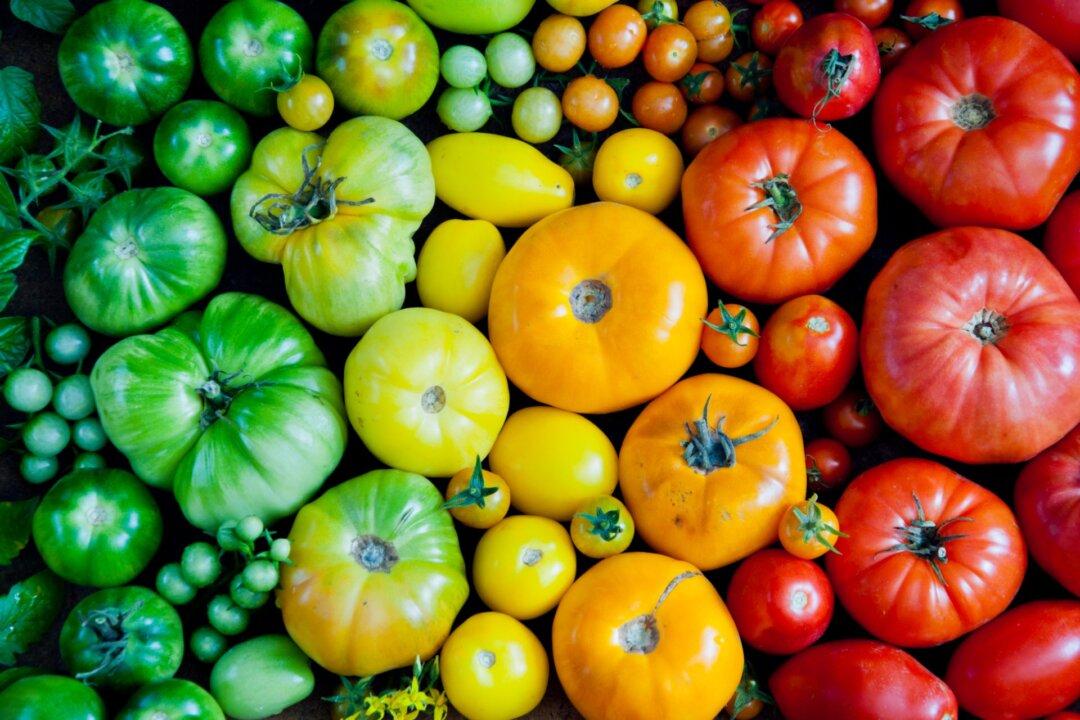My corn is a thousand years old.
So are the heirloom beans I use for red beans and rice, the Friday school lunch staple I grew up with.

My corn is a thousand years old.
So are the heirloom beans I use for red beans and rice, the Friday school lunch staple I grew up with.